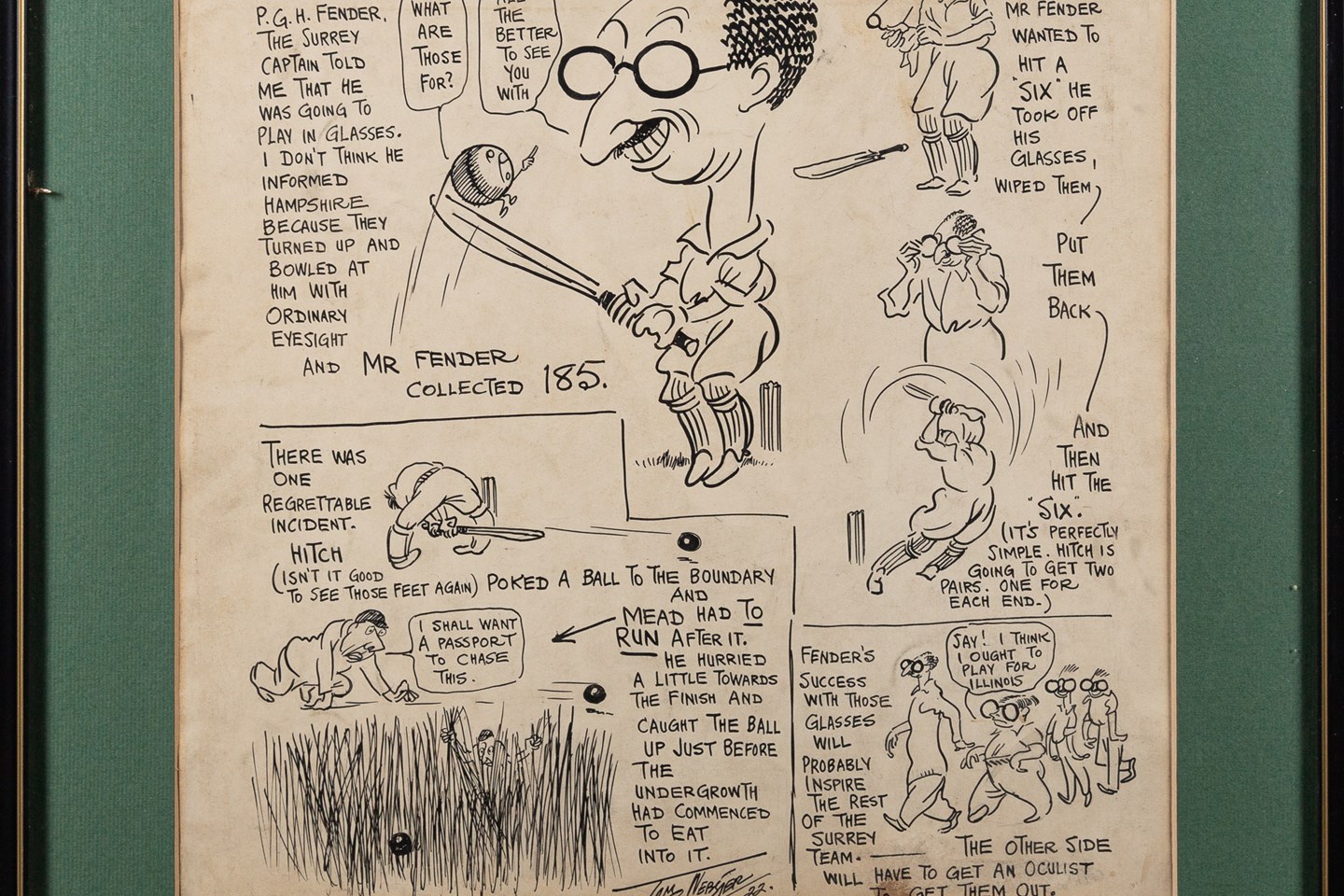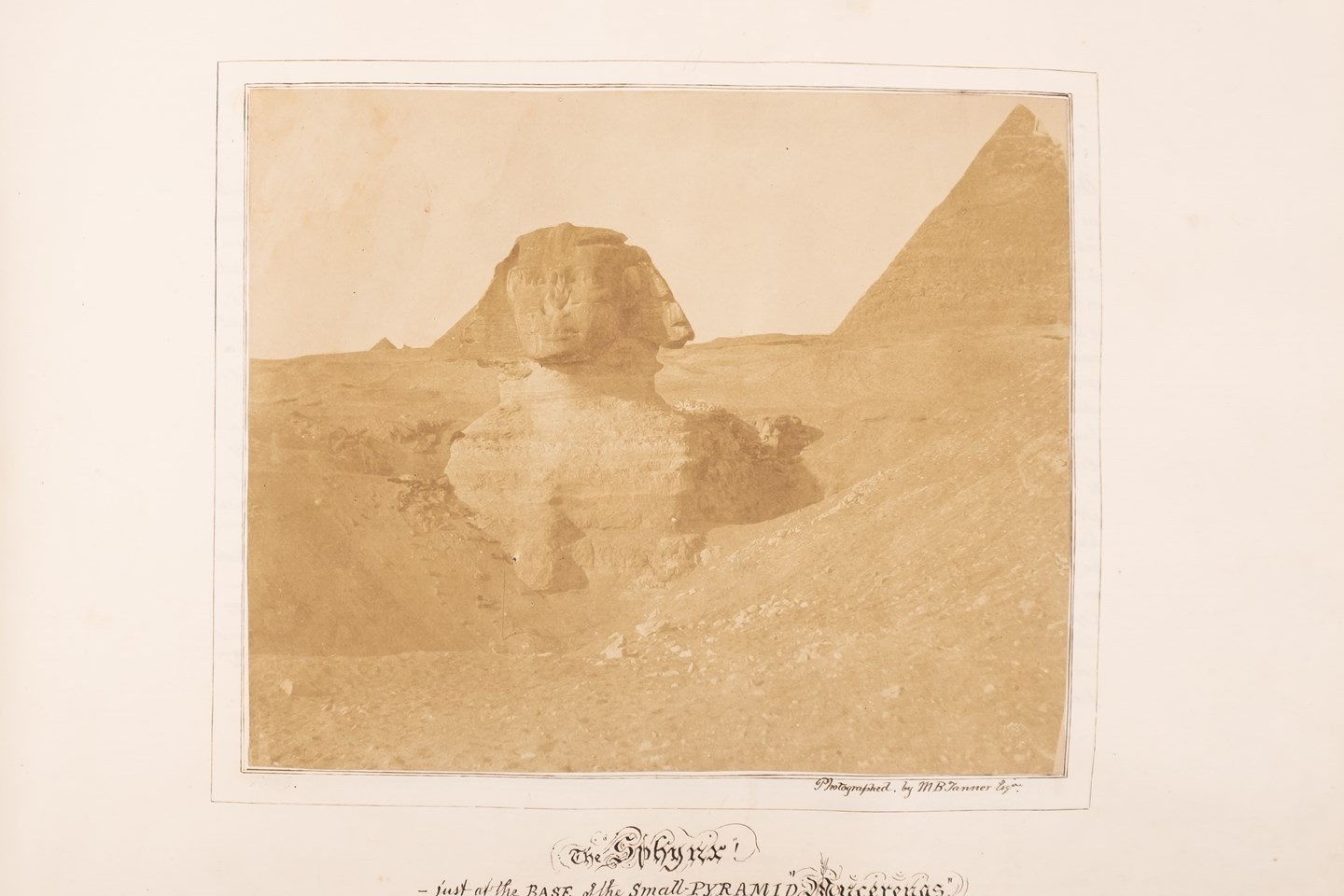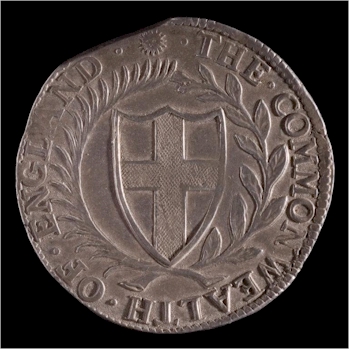
A 1653 Commonwealth Crown sold for £1,500.
To many of us, coins are simply things that wear holes in pockets and fall down the back of the sofa, but for others they are a fascinating world of history and art. Coins have been hoarded by people ever since they began minting them, but the popularity of colleting coins for their artistic or historical significance developed later. It is believed that even during the Late Roman Period, ancient coins were collected and given as gifts. Modern coin collecting can be traced back to the 14th century when it became popular with nobility as a past time. Changes in approaches and differences in collectors purpose have varied the range of collecting today. Some collectors are interested in coins that have only a short production period, while others are interested in historically significant coins.
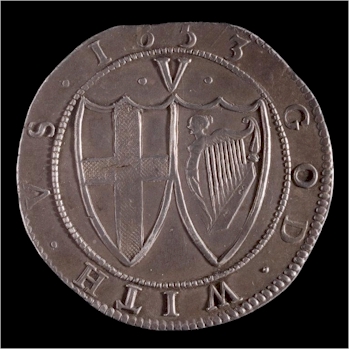
The other side of the 1653 Commonwealth Crown.
Both the 1653 Commonwealth Crown (SC29/520) and the 1658 Oliver Cromwell Crown (SC29/522) shown here would certainly fit these criteria. Coins struck during the Commonwealth are inscribed in English rather than Latin, which was considered to be too closely linked to popery. The Royal Coat of arms is replaced by the St George's Cross and the Irish harp and it is struck with a sun indicating it was minted 1649-57 rather than an anchor indicating coins minted during the protectorship of Richard Cromwell 1658-1660.
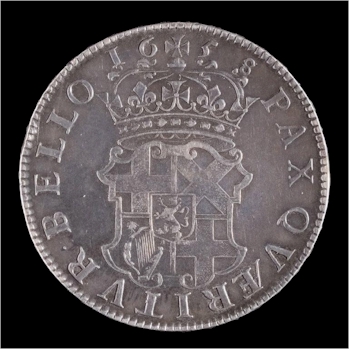
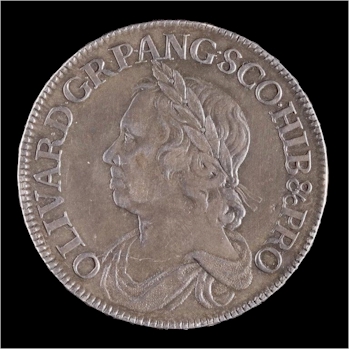
A 1658 Oliver Cromwell Crown sold for £2,100.
In 1412, the standard weights of coins was reduced, partly because of a shortage of bullion and also as a way of raising revenue for the king as Parliament had not renewed the Royal subsidies. The Henry IV gold Noble (1412-1413) (SC29/559) certainly attracted a number of collectors when it sold for £2,600 in our specialist coin section.
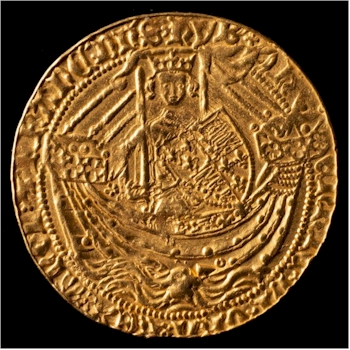
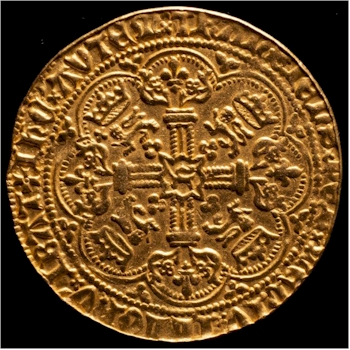
A Henry IV gold Noble (1412-1413), sold for £2,600.
Coins and tokens are fascinating pieces when you delve deeper into their history and significance. Recently discovered in an old coin collection is a Victorian Transportation token decorated with the names of William Wilcox and Jane Wilcox. Known as either 'Transportation Tokens', 'Convict Tokens' or 'Leaden Hearts', these small personal and emotional tokens were given by convicts transported to Australia as a memento to family or loved ones left behind. William Wilcox was given a life sentence of Transportation at Stafford Assizes and was transported along with 256 other convicts aboard the Triton, which set sail from England on 4th August 1842, arriving at Van Dieman's Land (Tasmania) on 19th December 1842.
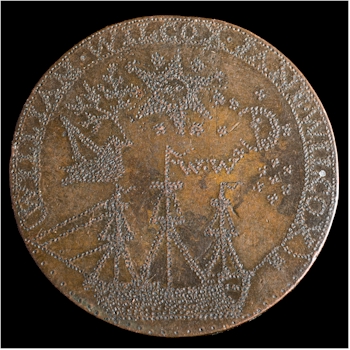
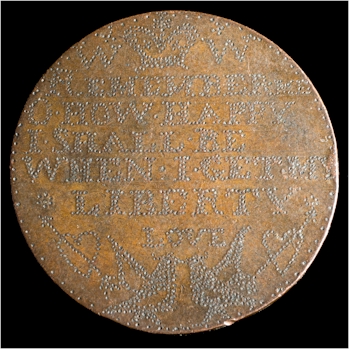
A Victorian 'Convict' or 'Transportation' Token for William Wilcox and Jane Wilcox, circa 1842.
The National Museum of Australia holds the world's largest collection of convict tokens and good examples can reach over £1,000 at auction.'
- Bearnes Hampton & Littlewood
- Coins
- Tokens
Coins was written on Friday, 29th November 2019.











